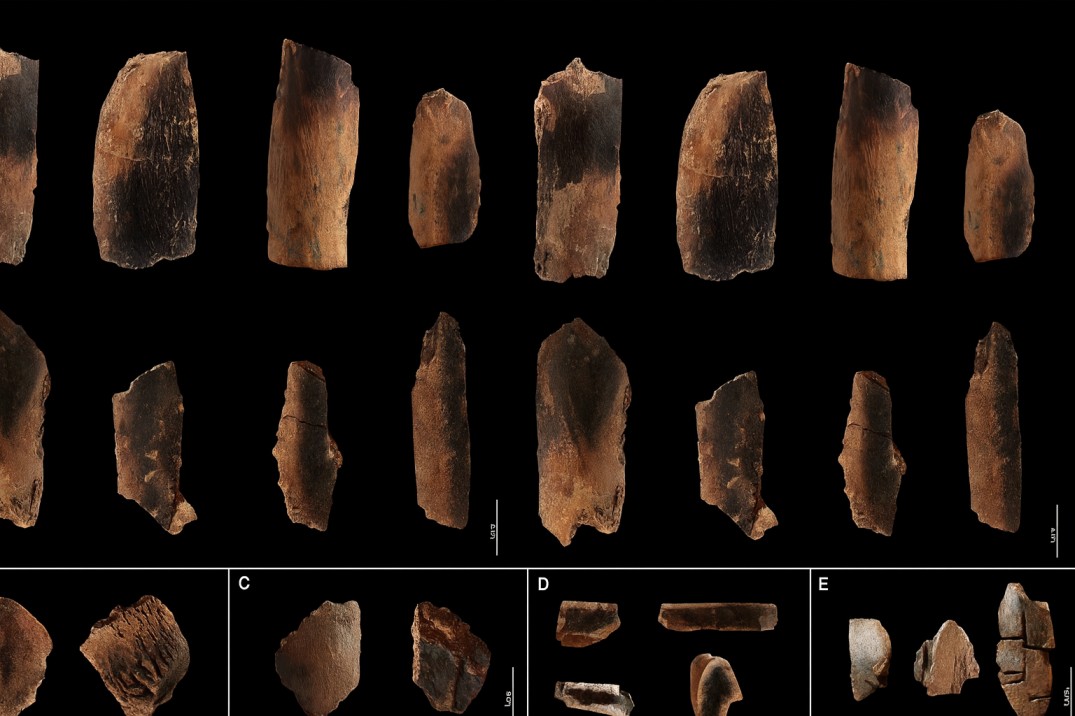Forest Rights Act is failing tribals
Forest Rights Act Failing Tribals: The Unfinished Promise of Justice
Thursday, August 21, 2025 counterview.net
In Parliament this year, the government disclosed that as of May 31, 2025, a total of 5.1 million claims had been filed under FRA. Out of these, 2.3 million individual rights claims and 121,705 community titles were granted. But the darker side of this data is that 1.8 million claims were rejected outright and 0.7 million remained pending. Numbers alone conceal the frustration on the ground.
Why FRA Was Needed — Full Video Insight
The danger is not only administrative apathy. In many regions, constitutional protections for tribal land are being undermined by commercial interests.
In Assam, for instance, the state government recently allotted nearly 3,000 bighas (about 990 acres) in Dima Hasao district to a private company for a cement factory.
Far from being destroyers, tribal communities have historically been custodians of forests. There is vast potential to combine their livelihoods with regeneration of degraded forests—if only policymakers approached the issue with imagination and sincerity.
A law born to heal historical wounds should not end up creating fresh ones. For the tribal communities of India, this is not about paperwork—it is about life itself. Ensuring that the FRA delivers on its promises is not only a legal responsibility but a moral imperative.
Relevant UPSC Questions
- Discuss the impact of the Forest Rights Act (2006) on the livelihood and culture of tribal people in India. (20 M/2021)
- Discuss the significance and implementation of the ‘Recognition of Forest Rights Act 2006’. (15 M/ 2018)
- Explain the difficulties experienced by Scheduled Tribes with regard to the implementation of the ‘Recognition of Forest Rights Act 2006’. (15M/2016)





